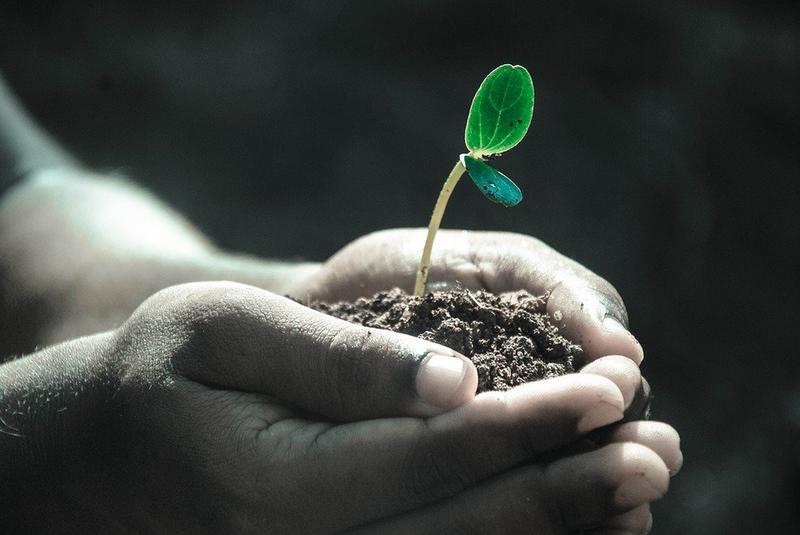What Can Everyday Peeple Do About Soil Degradation

Sandy soil is exactly what its name suggests — a soil that has a high concentration of sand particles. Other types of soil may have a high clay or silt concentration but, in sandy soil, it is especially depression. Read on to learn more about sandy soil, its uses, and other different types of soil that exist in nature.
What Is the Consistency of Sandy Soil?
Sandy soil has a larger concentration of sand when compared to other soils and is also referred to occasionally as "light soil." It is comprised of roughly 35 percent sand and merely 15 percent of clay and silt. This type of sand is not exactly what you'd discover at the beach. Instead, this type of sand is the product of years of eroded minerals and rocks. Information technology has a fine, gritty texture and is relatively easy to spot considering of the high concentration of sand.
What Is Sandy Soil Used For?
Sandy soil is not often used for gardening. The high sand concentration makes the soil quite dry. In addition, the particles of sandy, lite soil are much larger than other types of soil. This makes information technology tough for water and nutrients to form holes and pockets, which helps plants and flowers grow. As nutrients and water are directed away, the plant fails to thrive. Sandy soil has many uses, even so, such every bit:
- A foundation for abode building
- Construction
- Drainage building
- Agronomics
- Low settlements
- Aesthetics, such as a park or playground
Considering of its large particles and the tendency to wash water away, it makes it an first-class soil for building drainage sites. It besides does non get viscous, so it is a viable choice for foundation building or on construction sites.
How Do You lot Improve Sandy Soil?
If you're attempting to abound your own garden at home, and your firm site is on a belongings that has sandy soil, it may exist a struggle to try to abound plants or flowers. Nonetheless, there are ways to improve sandy soil to brand information technology better for gardening or farming. One of the easiest and quickest means is to add manure or compost to the soil. This doesn't demand to be also complicated — in fact, only adding grass clippings from your mower to the soil can help information technology bind better. If y'all do this, particularly if yous alive near the shore, you practise desire to watch the salt levels of the soil. High common salt levels are not salubrious for crops either, and both manure and compost can raise salt levels.
What Are Other Types of Soil?
There are other common types of soil that exist in nature, including clay soil, silt soil, peat soil, chalk soil, and loam soil. These soils are named as they are because they have a loftier concentration of that detail element in the soil. For example, sandy soil has a loftier concentration of sand, and dirt soil has a high concentration of dirt. Both clay and silt soils are extremely common.
What Is Dirt Soil?
Dirt soil is a soil that has at least a 25-percent consistency of clay. This type of soil is high in nutrients and is platonic for gardening or farming. Clay also forms spaces betwixt the particles, so holds nutrients and water in much better than sandy soil. The only drawback is how dry dirt soil tin can become in summer and, because of this, information technology requires a lot of watering.
What Is Silt Soil?
Silt soil is also an excellent blazon of soil for farming or gardening because of how well it holds in wet. Similarly to sandy soil, even so, silt soil works best when organic matter is added, such as manure or compost. Calculation nutrients can help form more than stable clumps and pieces of soil, which helps foster growth.
0 Response to "What Can Everyday Peeple Do About Soil Degradation"
ارسال یک نظر